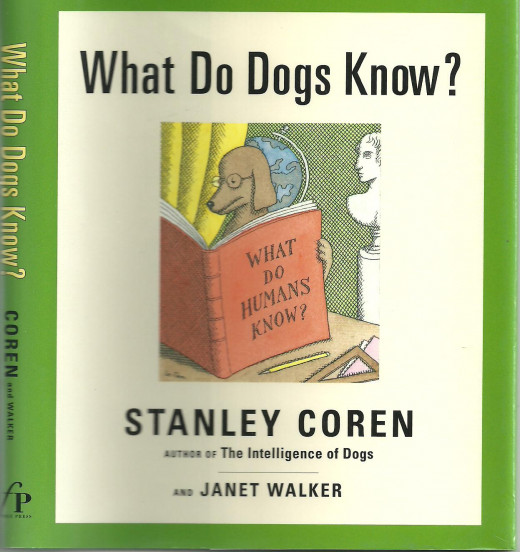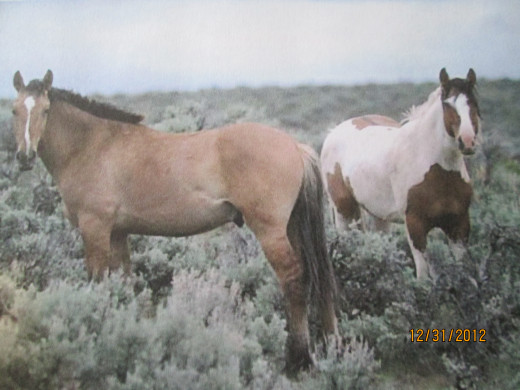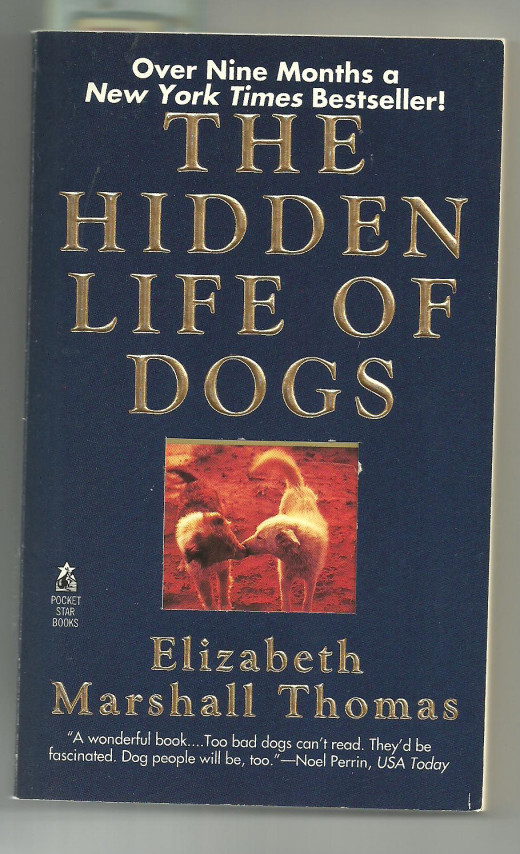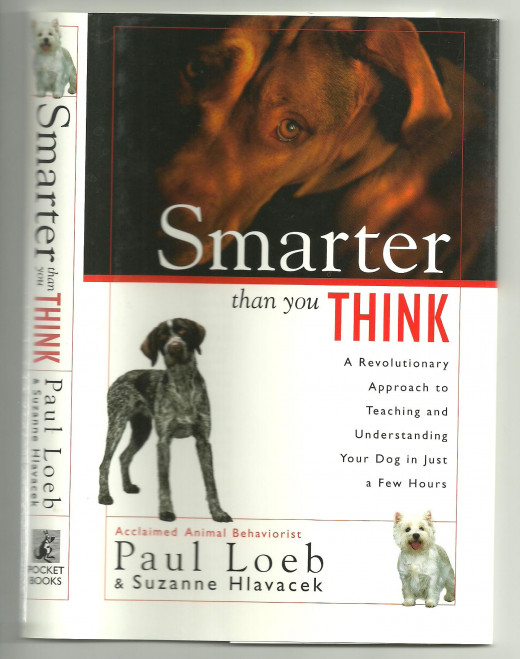Wild Horses Roam While Dogs Stray and Stay

Roam, Stray, or Stay?
It's natural for horses to roam. They do it all over the world, and they've been doing it since Eohippus, the Dawn Horse, from whom they are reported to have evolved some 60 million years ago, did it.
But just 5,000 years into the past, wild horses roamed Eastern Europe and the Near East. Europe, Asia, and North Africa were the roaming grounds of untamed equines in 1000 B.C., and they were the ancestors of the Forest Horse, Equus caballus sylvaticus; the Asiatic Horse, Equus caballus przewalskii; and the Tarpan, Equus caballus gomellini. In today's equine world, the Tarpan remains a protected breed.
Prehistoric horses of America mysteriously disappeared altogether before the Spanish conquistadors brought their Iberian steeds to this country, and it was then that the evolution of the equine began to produce different strains.
Nonetheless, horses roamed, preferring to choose their own pastures even as mankind began to capture them and put them to domesticated use. Today, horses are one of man's best working partners. But left to their own devices and will, they would run free.


What Do Dogs Want?
The Hidden Life of Dogs, copyrighted in 1993 by Elizabeth Marshall Thomas, remained on the New York Times bestseller list for nine months as its pages claimed the ultimate truth on dogs is that they just want each other, and they "want to live like wolves".
But throughout history, that claim easily comes under fire.
Thomas wondered how dogs might "conduct themselves if left undisturbed in normal circumstances", a question she said "apparently" no one ever had asked. We have made dogs adapt to our natural habitat, Thomas claimed. What would they do left on their own? This was the theme of Thomas' research and resultant book, proving, in her opinion, that dogs just want each other.
Red foxes, the wild, roaming dingo of Australia, and the grey (timber) wolf and the coyote helped evolve today's domesticated dog.
Like equines, dogs have lived with humans and worked for them for thousands of years, but unlike the horse, a dog would give his own life for that of his human.
How many people own a dog who was once lost and found his way home? How many people have relayed a story of a beloved family pet who rescued his owner, or saved his family from a house fire?
Horses roam. Domesticated working career horses are fenced. Dogs may stray, but mostly they stay. Human companionship is just as important to a domesticated dog as roaming was and is to the canine's ancestors.

Disputing Thomas' Research
Thomas' research to discover what dogs prefer was predicated on feeding and watering her dogs and then leaving the house door open. She then followed her dogs to take note of the fact that they seemed more often than not to seek out the company of other dogs.
But where else would they go? She said her research "needed only a dog, a notebook, and a pencil", and it wasn't necessary to have laboratory detectives, or team research, or large amounts of funding.
But what did her research prove? Her dogs returned home to be fed and watered again. Each night, she followed them. This seems more to indicate that a straying dog stays.
To do nothing but feed and water a dog and then let him roam seems rather to negate the point of owning him for companionship. He must be loved to want love, just as Thomas says he must have the door left open to roam. What did Thomas' research actually conclude?
What Other Dog Authors Say
Many dog lovers and dog book authors seem to think what a dog really wants is what most humans want, as well -- love. Love is something a dog returns a hundredfold.
Successfully teaching a dog is based on understanding him, says Paul Loeb in his 1997 book Smarter than you Think. And love and kindness and patience are always going to win out with a dog over ignoring him, or mistreating him.
It is the dog's "sense of loyalty and its natural instinct to defend its territory" that demonstrate a degree of intelligence and desire for companionship in a dog's natural makeup, Stanley Coren and Janet Walker relate in their book What Do Dogs Know?, also published in 1997.
As a mother canine protects her young, says Loeb, the young learn loyalty and companionship skills, training which is later reinstalled by a human.
And Thomas gives an example in her book on "recall", saying she "tried to call the dogs back" when they spotted a coyote, but "they had never been particularly inclined to obedience". Since Thomas never did anything but feed and water the dogs and leave the door open, how would they know the word "come"?
Ownership, of course, is just a word of convenience when it comes to dogs. For what dog has not owned a loyal human's heart?








